Leadership is a process of building and sustaining a relationship between the person who aspire to lead and the people willing to follow. It requires multidimensional skills and orientations (Gallos, 2014). Blanchard and Hodges (2005) said leadership is a process of influence which means that you may not necessarily have an official leadership position in a company. You are taking a role of a leader whenever you look to influence the behavior, thinking or development of the people around you.
Personally, I would want to be a wise leader. According to Houston and Sokolow (2013), being a wise leader means that I am able to do the right things and also doing it for the right reasons. Myatt (2008) added that a leader that is motivated to do the right things tend to shake things up. However, they are not necessarily risk adverse, although they are rarely politically correct too. More importantly, this type of leaders is more likely the ones that will innovate, motivate, create and inspire.
Also, according to Williams (2008) as a leader I have to be able to keep my team committed and enthusiastic to achieve the target although we are encountering difficult and challenging circumstances. Walker and Miller (2010) also added that as a leader, it is important to have a good communication skill in order to develop a successful team.
These are the traits that I want to have when I become a leader one day. In the mean time, while honing these traits I am looking up to my role models as I try to be a role model to the people around me and later to my followers.
Usually a leader is entrusted with the responsibility to direct its team and achieve the goals that is set. The best way to achieve this is when leader becomes the role model through his/her action. The follower’s natural instinct would be to believe that the action of a role model is correct and justified (Bindra, 2014).
Business leaders have become role models for many people as their activities are increasingly becoming headlines in the media. Our culture has absorbed not only the language and perceptions but also their business values (Duska, 1998). In recent years, we have seen successful business leaders like the late Steve Jobs, Tan Sri Tony Fernandes, Sir Richard Branson, Bill Gates among others becomes a leadership role model for many people and to a certain extent me.

Figure 1: Famous Quote from Tan Sri Tony Fernandes. Source: http://www.paradisequotes.com/Leadership_Quotes/View/273
The quote by Tan Sri Tony Fernandes above gave some inspiration to me that as a leader the most important thing is to be able to make the company or team that you are leading stronger. Perry (2013) said, the most successful leaders are those who listen to all of his members but makes the decision alone.
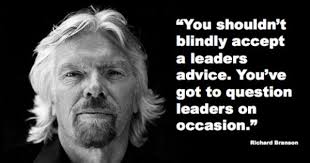
Figure 2: Sir Richard Branson’s Leadership Quote.
Source: https://www.pinterest.com/explore/richard-branson/
Also, as quoted from Sir Richard Branson, I should create an environment where my followers are encouraged to ask questions about the advices I give.
Furthermore, let us look at many different types of role models through the framework by Luc (2009) below.

Figure 3: Types of Role Models (Luc, 2009)
The earlier mentioned business leaders would fall under the mediatized role-models.
However, personally I would prefer to look up to familiar role-models be it my parents and my previous managers. Through observation, listening to and imitating of these role models, aspiring leaders like me would be able to develop my talents, gain new knowledge and skills, then be my own leader self. That is easier to implement as I have them in my immediate and daily environment (Luc, 2009).
In conclusion, at this moment I generally have a baseline understanding of what kind of leaders I want to be based on what I studied and also by looking at the role models that I have. However, as mentioned by Cohn and Moran (2011), a good leader has to adapt their style to the different environment and demands of the position you hold. The perceived needs of the followers can encourage the leader to change its leadership style. There are times that I should be strict on people and financial decisions but there are also times that I should be inspiring and motivating (George, 2003). I would assume myself to be a situational leader which is a combination of many types of leadership styles. I would adjust my leadership style according to my followers’ capability and dedication (Murari, 2015).
Word Count: 753
References
Bindra, V. (2014) Everything About Leadership [online] 1st edn. available from <https://books.google.com.my/books?id=qs5UCgAAQBAJ&pg=PT19&dq=why+leader+has+to+be+role+models&hl=en&sa=X&ved=0ahUKEwjMj7Wdl9fLAhUBUo4KHZoRBMUQ6AEIKzAB#v=onepage&q=why%20leader%20has%20to%20be%20role%20models&f=false> [24 March 2016]
Blanchard, K. and Hodges, P. (2005) Lead Like Jesus: Lessons For Everyone From The Greatest Leadership Role Model Of All Time [online] 1st edn. available from <https://books.google.com.my/books?id=MUlbh5EC7MsC&printsec=frontcover&dq=leadership+role+models&hl=en&sa=X&redir_esc=y#v=onepage&q=leadership%20role%20models&f=false> [24 March 2016]
Cohn, J. and Moran, J. (2011) Why Are We Bad At Picking Good Leaders A Better Way To Evaluate Leadership Potential [online] 1st edn. available from <https://books.google.com.my/books?id=OArHc342LM0C&pg=PT117&dq=good+leaders+adapt&hl=en&sa=X&redir_esc=y#v=onepage&q=good%20leaders%20adapt&f=false> [24 March 2016]
Duska, R. (1998) Education, Leadership And Business Ethics: Essays On The Work Of Clarence Walton [online] 1st edn. available from <https://books.google.com.my/books?id=D7bdBgAAQBAJ&pg=PA68&dq=leadership+role+model+business&hl=en&sa=X&redir_esc=y#v=onepage&q=leadership%20role%20model%20business&f=false> [24 March 2016]
Gallos, J. (2014) Business Leadership: A Jossey-Bass Reader [online] 2nd edn. available from <https://books.google.com.my/books?id=95BPAwAAQBAJ&printsec=frontcover&dq=leadership+gallos&hl=en&sa=X&ved=0ahUKEwiA98Hqk-HLAhVPCI4KHWjhCeMQ6AEIGjAA#v=onepage&q=leadership%20gallos&f=false> [24 March 2016]
George, B. (2003) Authentic Leadership: Rediscovering The Secrets To Creating Lasting Value [online] 1st edn. available from <https://books.google.com.my/books?id=ekW5B8Cngt8C&pg=PA14&lpg=PA14&dq=There+are+times+that+I+should+be+strict+on+people+and+financial+decisions+but+there+are+also+times+that+I+should+be+inspiring+and+motivating&source=bl&ots=dPWuSDiGj-&sig=N6CIxXi3NI-fODVqeUeXdGjR-Po&hl=en&sa=X&redir_esc=y#v=onepage&q=There%20are%20times%20that%20I%20should%20be%20strict%20on%20people%20and%20financial%20decisions%20but%20there%20are%20also%20times%20that%20I%20should%20be%20inspiring%20and%20motivating&f=false> [24 March 2016]
Houston, P. and Sokolow, S. (2013) The Wise Leader [online] 1st edn. available from <https://books.google.com.my/books?id=0SwLAgAAQBAJ&printsec=frontcover&dq=leadership+doing+the+right+things&hl=en&sa=X&redir_esc=y#v=onepage&q=leadership%20doing%20the%20right%20things&f=false> [24 March 2016]
Luc, E. (2009) Unleashing Your Leadership Potential: Seven Strategies For Success [online] 1st edn. available from <https://books.google.com.my/books?id=0kcsyJWWGtEC&pg=PA97&dq=leadership+role+models&hl=en&sa=X&redir_esc=y#v=onepage&q=leadership%20role%20models&f=false> [24 March 2016]
Murari, K. (2015) Impact Of Leadership Styles On Employee Empowerment [online] 1st edn. available from <https://books.google.com.my/books?id=6-x7BwAAQBAJ&pg=PA115&dq=leadership+style+based+on+followers&hl=en&sa=X&ved=0ahUKEwiu9tSg8NjLAhUCVo4KHR95B88Q6AEIKDAA#v=onepage&q=leadership%20style%20based%20on%20followers&f=false> [24 March 2016]
Myatt, M. (2008) Leadership Matters–: The CEO Survival Manual, What It Takes To Reach The C-Suite And Stay There [online] 1st edn. available from <https://books.google.com.my/books?id=0lKbhg8jxZwC&pg=PA38&dq=leadership+doing+the+right+things&hl=en&sa=X&redir_esc=y#v=onepage&q=leadership%20doing%20the%20right%20things&f=false> [24 March 2016]
Paradisequotes, (2016) Leadership Quote | Paradise Quotes™ [online] available from <http://www.paradisequotes.com/Leadership_Quotes/View/273> [24 March 2016]
Perry, W. (2013) Iteam: Putting The ‘I’ Back Into Team [online] 1st edn. available from <https://books.google.com.my/books?id=sVQUAAAAQBAJ&pg=PT55&dq=leader+is+only+successful+when+the+team+is+successful&hl=en&sa=X&redir_esc=y#v=onepage&q=leader%20is%20only%20successful%20when%20the%20team%20is%20successful&f=false> [24 March 2016]
Pinterest, (2016) Richard Branson [online] available from <https://www.pinterest.com/explore/richard-branson/> [24 March 2016]
Walker, J. and Miller, J. (2009) Supervision In The Hospitality Industry: Leading Human Resources [online] 6th edn. available from <https://books.google.com.my/books?id=3L-p-mhPkN4C&pg=PA412&dq=successful+team+good+leader&hl=en&sa=X&redir_esc=y#v=onepage&q=successful%20team%20good%20leader&f=false> [24 March 2016]
Williams, L. (2008) Ultimate Interview: Make A Great Impression And Get That Job [online] 2nd edn. available from <https://books.google.com.my/books?id=0a5cAfTgRMEC&pg=PA117&dq=successful+team+good+leader&hl=en&sa=X&redir_esc=y#v=onepage&q=successful%20team%20good%20leader&f=false> [24 March 2016]
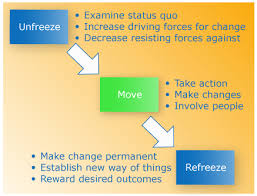
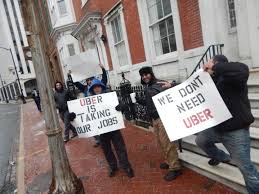
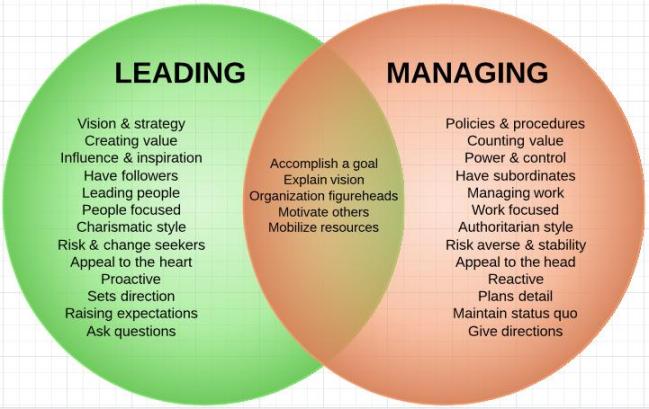

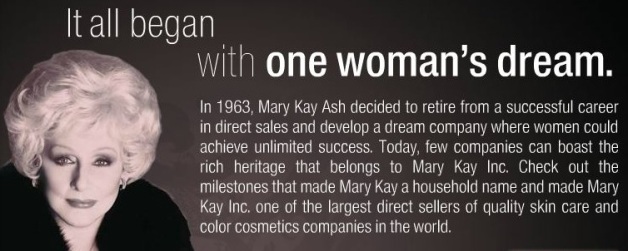


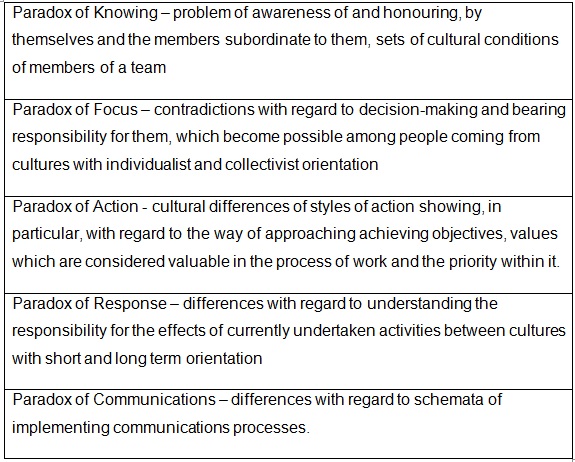

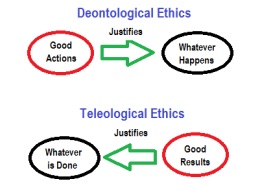
 .
.